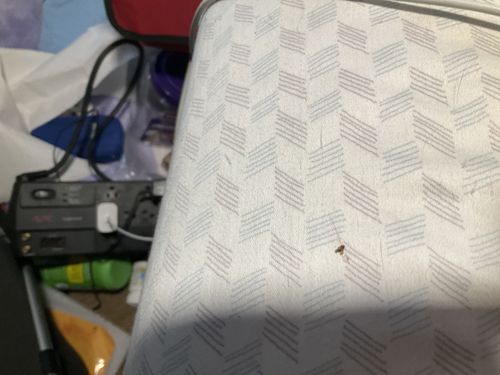House fly
Scientific Name: Musca domestica
Order & Family: Order: Diptera, Family: Muscidae
Size: Typically 6 to 7 mm (0.24 to 0.28 inches) in length, with a wingspan of 13 to 15 mm (0.5 to 0.6 inches).

Natural Habitat
House flies are cosmopolitan and are commonly found in close association with humans and human activities. They thrive in environments with decaying organic matter, such as garbage dumps, farms, compost piles, unsanitary areas, and indoor environments like kitchens and food preparation areas.
Diet & Feeding
House flies are generalists, feeding on a wide variety of decaying organic matter, including feces, rotting food, carrion, and sugary substances. They regurgitate digestive fluids onto solid food to liquefy it before ingesting.
Behavior Patterns
Flies are typically active during the day, seeking out food sources. They are known for their rapid flight and ability to land on various surfaces. They undergo complete metamorphosis, with egg, larval (maggot), pupal, and adult stages. Females lay eggs on decaying organic matter or food sources. Reproduction can be very rapid, leading to large populations quickly.
Risks & Benefits
Risks: House flies are significant vectors for transmitting various pathogens, including bacteria (e.g., E. coli, Salmonella), viruses, and parasitic worms. They can contaminate food and surfaces, leading to food poisoning and other diseases in humans and livestock. Benefits: In natural ecosystems, house flies play a role as decomposers, helping to break down organic matter. They can also be a food source for other animals.
Identified on: 8/21/2025